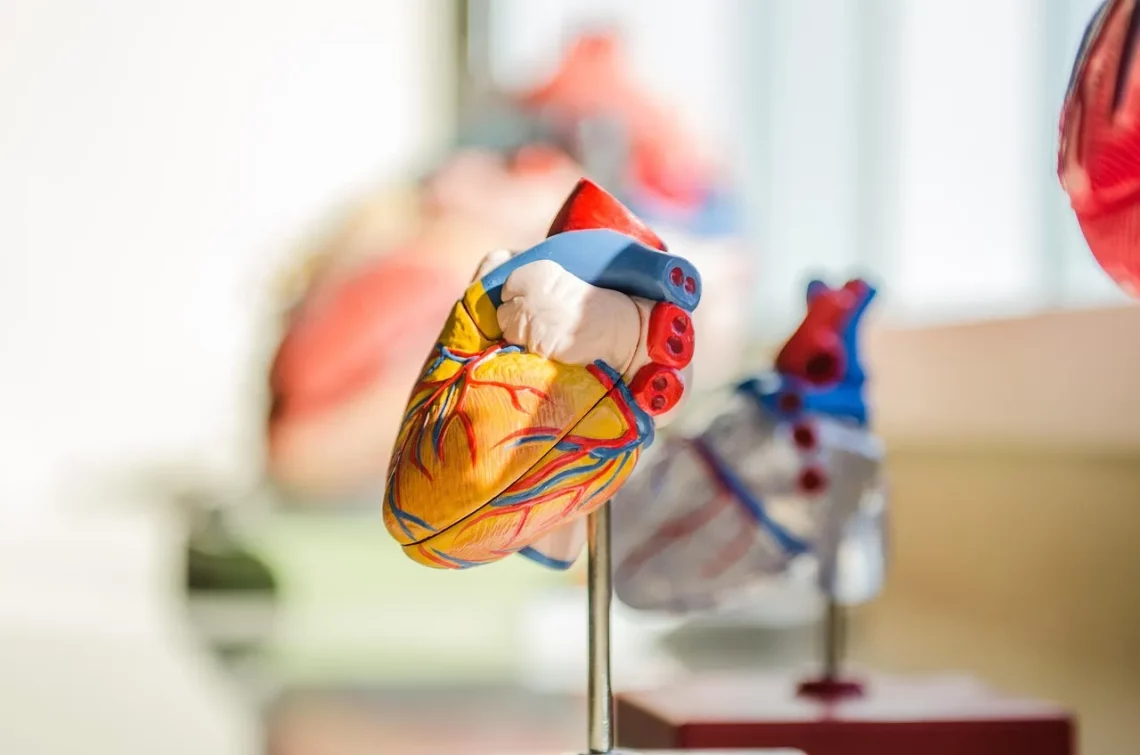
Understanding Outie and Innie Vaginas: A Guide to Female Anatomy
Understanding female anatomy is crucial for both educational purposes and personal awareness. The female body is a complex and fascinating system, with various structures that serve different functions. One of the most intriguing aspects of female anatomy is the diversity of external genitalia, specifically the differences between outie and innie vaginas. This diversity can vary widely among individuals, influenced by genetics, hormonal factors, and developmental stages.
The appearance of the vulva, which encompasses the external parts of the female genitalia, can differ significantly. Some individuals may have a more pronounced clitoral hood or labia, while others may exhibit a flatter or more tucked appearance. This variety not only reflects the uniqueness of each person but can also influence personal comfort, sexual experiences, and overall body image. Understanding these differences helps to foster a sense of acceptance and self-love while promoting healthy discussions about female anatomy.
As society continues to evolve in its understanding of gender and sexuality, it becomes increasingly important to dispel myths and misconceptions surrounding female anatomy. Education plays a key role in empowering individuals to embrace their bodies and seek necessary medical advice when needed. This guide aims to shed light on the distinctions between outie and innie vaginas while celebrating the beauty of female anatomy in all its forms.
Exploring the Anatomy of the Vulva
The vulva is the external part of the female genitalia, encompassing several structures: the labia majora, labia minora, clitoris, urethra, and vaginal opening. Each component serves unique functions, contributing to sexual health and overall well-being. Understanding these parts can enhance appreciation for one’s body and help alleviate feelings of embarrassment or confusion.
The labia majora are the outer folds of skin, typically larger and more prominent, providing protection to the inner structures. They are often covered with pubic hair and can vary in size, shape, and color. The labia minora, located within the labia majora, are thinner and more delicate folds of skin that can also differ greatly among individuals. Their primary role is to protect the vaginal opening and clitoris, and they may be more pronounced in some individuals, leading to the classification of outie vaginas.
The clitoris, a small yet highly sensitive organ, is critical for sexual arousal and pleasure. Its structure extends beyond what is externally visible, with much of it located internally. The clitoris is surrounded by the clitoral hood, which can also influence the appearance of the vulva. In outie vaginas, the clitoral hood may be more prominent, creating a noticeable outward appearance.
Additionally, the urethra is positioned just below the clitoris and serves as the passage for urine. The vaginal opening is the entrance to the vagina and can vary in size and shape. Understanding the anatomy of these structures emphasizes the diversity of female bodies and encourages a sense of normalcy regarding the different appearances of vulvas.
The Distinction Between Outie and Innie Vaginas
When discussing outie and innie vaginas, it’s essential to understand that these terms are informal and widely used to describe variations in the appearance of the vulva. An outie vagina typically features more prominent labia minora, which may extend beyond the labia majora, creating a more pronounced look. Conversely, an innie vagina presents labia minora that are less visible or tucked away, giving a flatter appearance.
These differences in appearance are largely influenced by genetics, hormonal levels, and individual development. It’s important to remember that both variations are entirely normal, and neither is inherently better or worse than the other. Each person’s anatomy is unique, just as their experiences and preferences are.
Cultural and societal perceptions can significantly impact how individuals feel about their bodies. Many women may feel self-conscious about the appearance of their vulva, particularly if they compare themselves to unrealistic beauty standards often portrayed in media and pornography. This can lead to feelings of inadequacy or anxiety regarding sexual health and relationships.
Understanding the natural diversity in vulvar anatomy can help combat these negative feelings. Open conversations about body image, coupled with education about anatomy, can foster acceptance and promote healthy attitudes toward one’s body. Additionally, recognizing that sexual pleasure is not solely dependent on the appearance of the vulva encourages individuals to focus on what feels good and enhances their sexual experiences.
Health and Hygiene Considerations
Maintaining good health and hygiene is critical for all individuals, regardless of their vaginal appearance. Proper care and awareness can prevent infections, promote comfort, and enhance sexual health. Understanding the anatomy of the vulva can guide effective hygiene practices.
For instance, it is essential to keep the vulva clean without overdoing it. Gentle washing with mild, unscented soap and water is usually sufficient. Avoiding harsh soaps or douching is crucial, as these can disrupt the natural balance of flora and lead to infections or irritation. Additionally, wearing breathable cotton underwear can help maintain moisture levels and reduce the risk of yeast infections.
Regular gynecological check-ups are also vital for monitoring reproductive health. These visits allow for screenings and discussions about any concerns regarding anatomy, sexual health, or other reproductive issues. If an individual notices any changes in their anatomy or experiences discomfort, it’s important to seek medical advice.
Moreover, sexual health education can play a significant role in promoting awareness about consent, safe sex practices, and understanding one’s body. Empowering individuals with knowledge about their anatomy can lead to healthier relationships and a more positive sexual experience.
In conclusion, understanding the differences between outie and innie vaginas, as well as the anatomy of the vulva, contributes to a broader comprehension of female health. Each body is unique, and embracing this diversity is key to promoting confidence and well-being among women.
**Disclaimer:** This article is not intended as medical advice. For any health concerns or questions, please consult a qualified healthcare professional.




